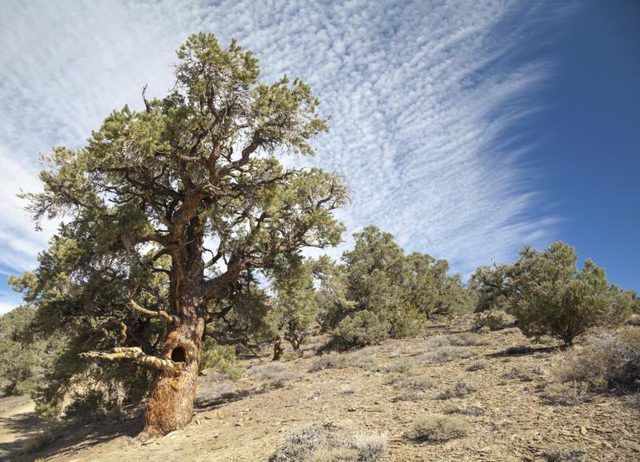Bulbs
Flower Basics
Flower Beds & Specialty Gardens
Flower Garden
Garden Furniture
Garden Gnomes
Garden Seeds
Garden Sheds
Garden Statues
Garden Tools & Supplies
Gardening Basics
Green & Organic
Groundcovers & Vines
Growing Annuals
Growing Basil
Growing Beans
Growing Berries
Growing Blueberries
Growing Cactus
Growing Corn
Growing Cotton
Growing Edibles
Growing Flowers
Growing Garlic
Growing Grapes
Growing Grass
Growing Herbs
Growing Jasmine
Growing Mint
Growing Mushrooms
Orchids
Growing Peanuts
Growing Perennials
Growing Plants
Growing Rosemary
Growing Roses
Growing Strawberries
Growing Sunflowers
Growing Thyme
Growing Tomatoes
Growing Tulips
Growing Vegetables
Herb Basics
Herb Garden
Indoor Growing
Landscaping Basics
Landscaping Patios
Landscaping Plants
Landscaping Shrubs
Landscaping Trees
Landscaping Walks & Pathways
Lawn Basics
Lawn Maintenance
Lawn Mowers
Lawn Ornaments
Lawn Planting
Lawn Tools
Outdoor Growing
Overall Landscape Planning
Pests, Weeds & Problems
Plant Basics
Rock Garden
Rose Garden
Shrubs
Soil
Specialty Gardens
Trees
Vegetable Garden
Yard Maintenance
How to Care for Pinyon Pines
How to Care for Pinyon Pines. Two kinds of pinyon pine are native to the western United States. Single leaf pinyon (Pinus monophylla) grows in Utah, Nevada, California and Arizona and is hardy in U.S. Department of Agriculture plant hardiness zones 6 through 8. Rocky Mountain pinyon (Pinus edulis) has a wider distribution along the Rocky Mountains...

Two kinds of pinyon pine are native to the western United States. Single leaf pinyon (Pinus monophylla) grows in Utah, Nevada, California and Arizona and is hardy in U.S. Department of Agriculture plant hardiness zones 6 through 8. Rocky Mountain pinyon (Pinus edulis) has a wider distribution along the Rocky Mountains from Wyoming to northern Mexico and grows in USDA zones 5 through 8. Pinyons are tough, low-maintenance trees, with both species needing similar care. They are drought tolerant once established.
Soil and Location
In nature, both species of pinyon occur on a wide variety of soil types. Single leaf pine is typical on well-drained, shallow, low fertility soils. Rocky Mountain pinyon grows on both shallow and deep soils of low fertility. In your landscape, almost any kind of soil is suitable as long as there's good drainage. Don't locate either species where water accumulates, but locate them on slopes or on mounds where water drains away.
Watering Needs
Water the newly planted pinyon immediately and thoroughly. During the first year it's in place, water it regularly, especially during summer months to establish a good root system. A suggested watering protocol is about once a month in September through May and twice a month from June through August. Established trees need little extra water except during drought years, when pinyons should receive a deep monthly watering in winter and early spring. Overwatering can cause root rot and perhaps even death.
LIght and Growth Rates
Both kinds of pinyons require full sun to grow well. Growth is slow, with trees capable of adding about 12 inches a year to their height. Don't try to hasten tree growth by extra watering and fertilizing, which can weaken or kill the pinyons. When grown from seed, either species of pinyon take about 25 years to reach a size where they will start producing cones. If you plan to grow pinyon pines to harvest their edible seeds, plant more than one pine for cross-pollination.
Fertilizer Needs
With their slow growth rate, pinyons don't need much fertilizer. The University of Nevada Cooperative Extension considers it unnecessary to fertilize or irrigate established pinyons, except if they have been damaged. Mary Irish, writing about pines in her book, Texas Getting Started Garden Guide, recommends fertilizing young trees once in the spring, and not fertilizing mature plants. The Lady Bird Johnson Wildlflower Center suggests giving Rocky Mountain pinyon a fertilizer with a 3-1-2 N-P-K ratio fertilizer three times a year. Use a product such as 12-4-8 applied at the rate of about 3 tablespoons per 10 square feet. Scatter the fertilizer evenly around the dripline of the tree and water it in well.
Pruning and Pests
Low-maintenance pinyons need pruning to shape the tree when it is young or to remove dead or damaged branches on older trees. Before pruning, clean the pruning tools with a cloth soaked in rubbing alcohol to prevent spreading disease. Generally free of diseases and pests, the pinyon can be infested by a type of small engraver beetle called the pinyon ips beetle (Ips confusus). It burrows beneath the bark of pinyons and can cause tree death. Beetles normally don't occur in healthy trees. To avoid ips beetle infestations, avoid damaging the tree and its roots or allowing it to become drought-stressed. If you prune landscaping plants, don't stack the freshly cut branches near pinyon trees, since newly cut wood attracts the beetles as a breeding site.